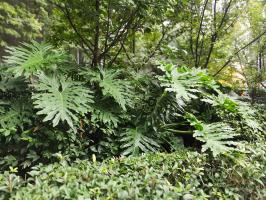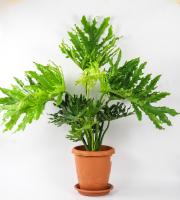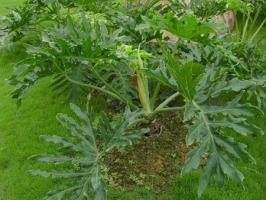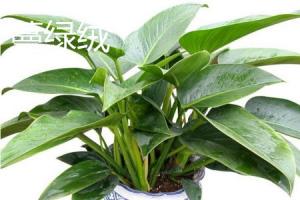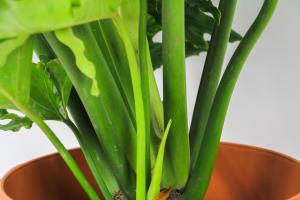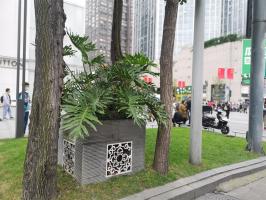Breeding method
Sowing and propagation
Generally speaking, after the seeds of stronger spring feather plants are mature, they can be removed and cultivated for reproduction. When sowing, the sowing soil is mostly made up of sandy humus soil and a small amount of cow dung. When sowing, pay attention to maintaining the appropriate temperature to ensure that the bed temperature and ambient temperature are between 25 ℃ - 30 ℃, so that the seeds can germinate quickly. If the temperature is too low, it is not easy to emerge
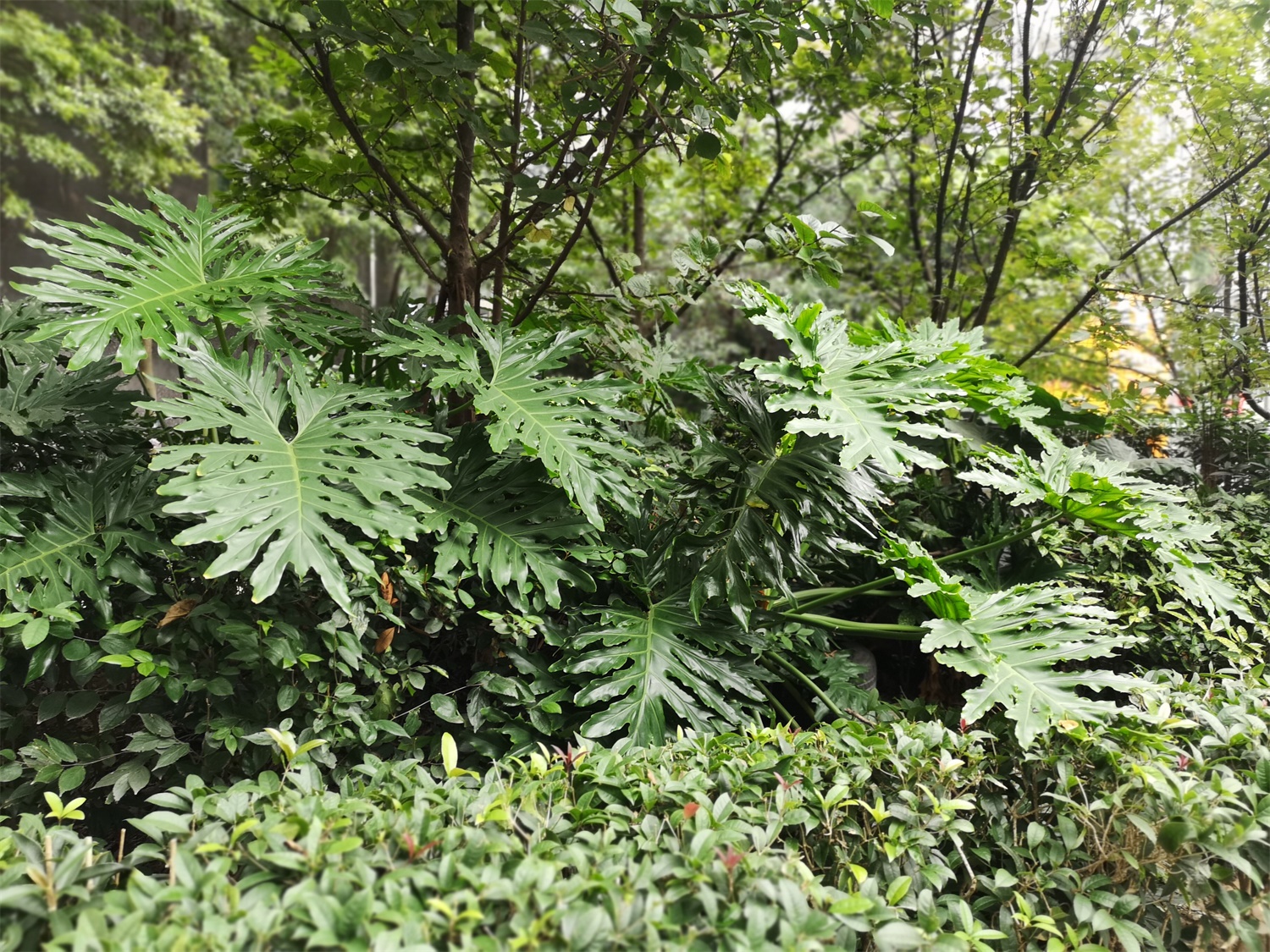
Ramet propagation
Generally, spring feather plants with vigorous growth can sprout tillers at the base. When the tiller buds grow to 4-5 leaves and produce adventitious roots, they can be separated from the mother root. That is, after the plant takes root, the tiller buds separated can be cultivated and propagated after they are slightly slow. This kind of propagation method is very easy for tiller buds to survive
Cutting propagation
Chunyu often adopts the method of cutting propagation in sandy soil. The best breeding season is from May to September. In short, cut 2-3 sections of healthy stems, insert them into water moss or coarse sand to take root, keep the soil moist, and generally take root in 20 days. Or cut off the upper plant of Chunyu for cutting, and the old plant at the lower part will germinate many young buds, which can also be propagated
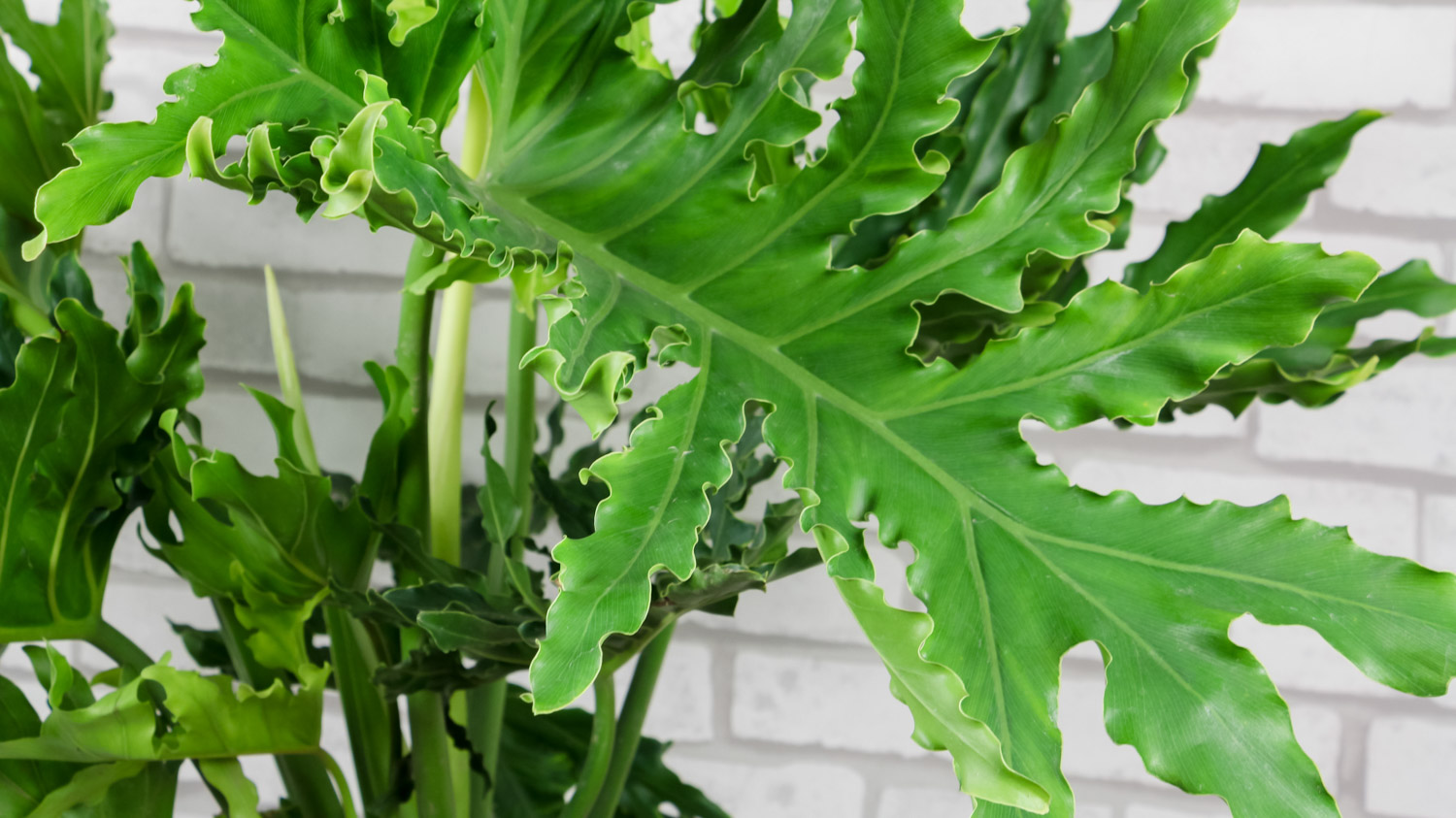
Precautions
When sowing and breeding, pay attention to the level of environmental temperature, and take root quickly only within the appropriate temperature
Keep the humidity in a cool place and pay attention to raising the humidity of the breeding environment. When separating the small bead from the old bead, try not to hurt the old bead, especially the root of the old bead. You can choose to pick the heart from the side bead in advance
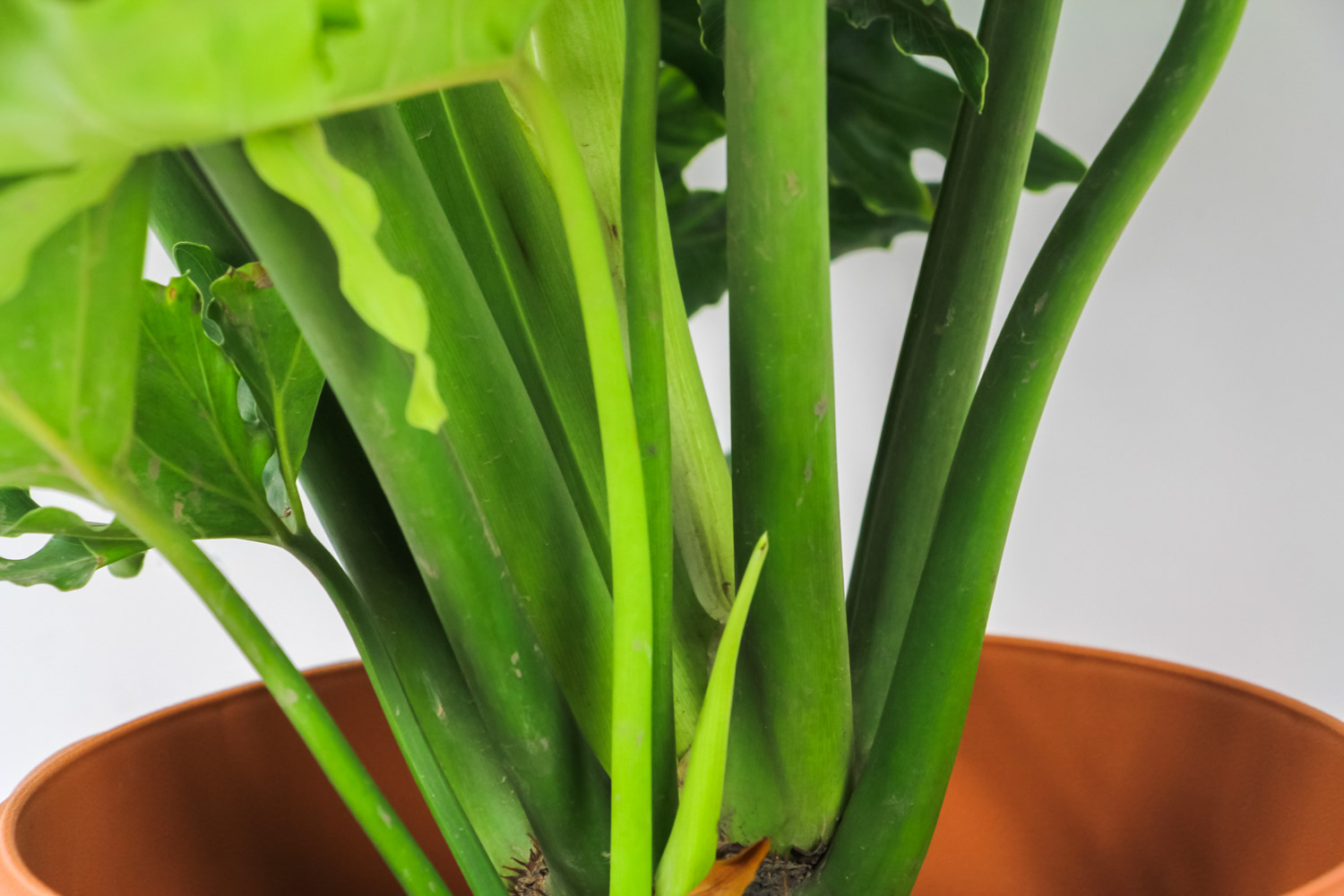

 how many times do yo...
how many times do yo... how many planted tre...
how many planted tre... how many pine trees ...
how many pine trees ... how many pecan trees...
how many pecan trees... how many plants comp...
how many plants comp... how many plants can ...
how many plants can ... how many plants and ...
how many plants and ... how many pepper plan...
how many pepper plan...
